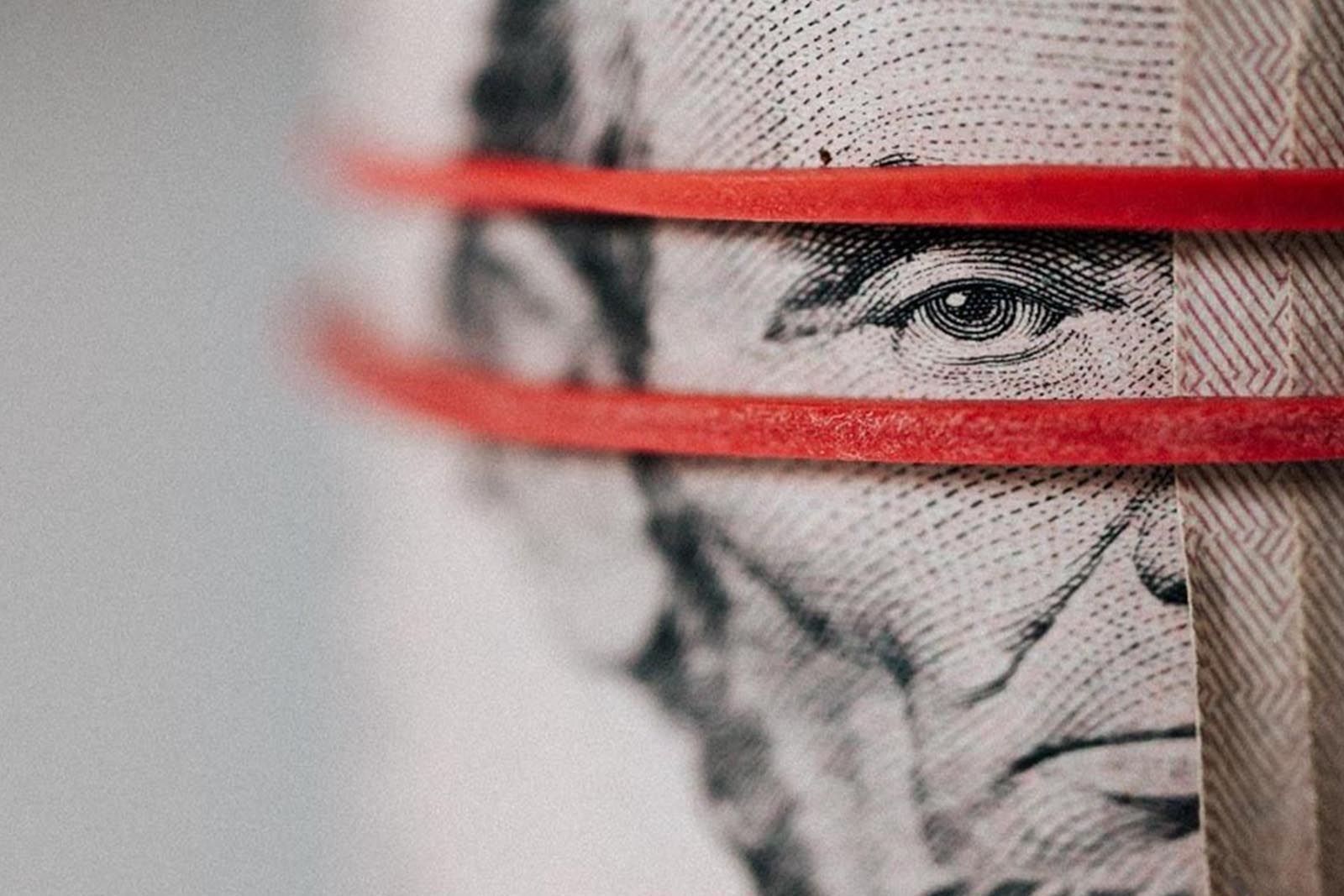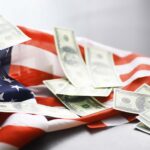Global Economy Overview
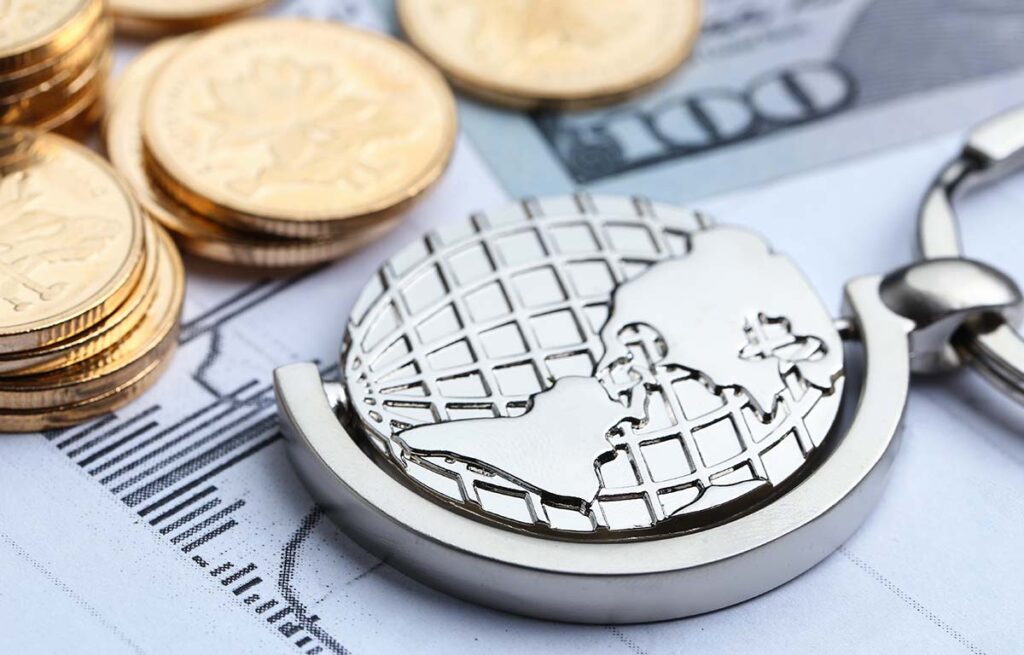
The world economy’s quick recovery from the COVID-19 recession may be weakening. The Brookings-Financial Times Tracking Indexes for Global Economic Recovery (TIGER) indicate global growth slowing, particularly in the two key growth engines, the US and China. A global economic recovery is also jeopardized by increased COVID-19 infections and inadequate vaccination attempts.
The COVID-19 pandemic’s long-term effects on the global economy are becoming clear. The epidemic caused the greatest synchronized drop in global GDP in modern history, while governments soon alleviated the impact, guided by lessons gained from the global financial crisis of 2009. To combat the recession, governments acted much faster this time.
Following a 3.6% decline in 2020, the global economy is now anticipated to grow by 5.4% in 2021, according to the WESP mid-2021 study, an upward revision from the UN predictions given in January. The world’s two biggest economies, China and the US are on the road to recovery. Several nations in South Asia, Sub-Saharan Africa, and Latin America, and the Caribbean, however, remain vulnerable to a slowdown. Many countries’ economies will not recover to pre-pandemic levels until 2022 or 2023. Many economic indices are turning positive, and it appears that most economies are on the way to recovery, despite the data painting a misleading image.
After the crisis, the global economy should develop again in 2021, although slowly. But there are many potential threats to the global economy. These include ongoing worldwide vaccine production and delivery issues, anti-vaccine attitudes, drug-resistant COVID-19 virus strains, and new illness outbreaks. The massive debt loads countries have incurred may spark a financial crisis when interest rates rise. Tax bases have shrunk, and financing prices have risen. On the bright side, raising vaccination rates may boost immune systems, restore investor and consumer confidence, and therefore stimulate demand. But lack of access to vaccines will shatter this optimism. High unemployment and low inflation may lengthen the time when governments can give essential monetary and fiscal assistance. Unexpectedly, a comfortable time of low-interest borrowing may be ending.
The economy in the US
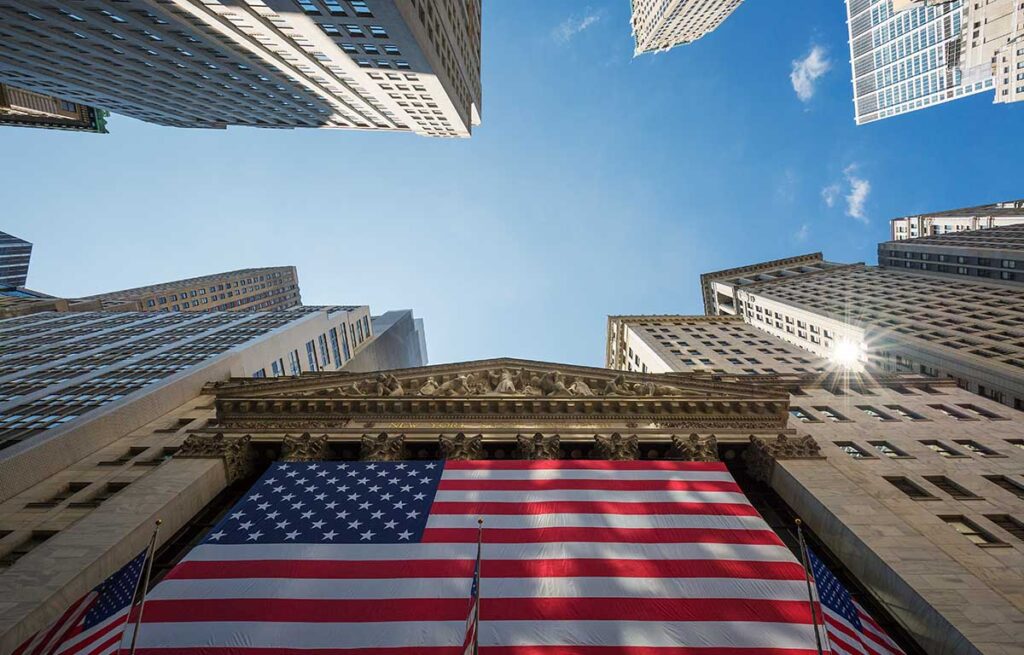
America started this crisis with a $23 trillion national debt and trillion-dollar yearly deficits that continue to expand continuously. Fiscal irresponsibility is defined as having big and increasing deficits during a robust economy. Excessive borrowing during prosperous times is a moral wrong that impairs the future possibilities of the following generation.
The COVID crisis has made an already untenable situation. Our national debt has already reached the $27 trillion mark. Prior to the epidemic, our public debt was on track to surpass the size of our GDP in ten years, but we have already passed that sad milestone. Simultaneously, our country has sustained significant economic harm, with millions of people out of work and significant decreases in growth and opportunities.
Further, Professor David Blanchflower of Dartmouth College and Professor Alex Bryson of the University College London both believe in a recent study that the US will be in recession by the end of 2021. While recent economic headlines tout rising stock prices and low unemployment, this is the exact opposite of what has been happening. There are academicians who believe that this current economic slump might be much worse than the financial crisis of 2008. They also notified that consumer expectations have fallen in the previous six months, which indicates that the economy in the US has entered a recession.
According to the professor, the economy is heading for a crisis for a number of reasons. They are:
- GDP is boosted artificially. The authors contend that the USs’ Gross Domestic Product (GDP) is artificially inflated. According to them, actual GDP is one year behind what economic indicators indicate.
- There is a faked low rate of unemployment. The rapid recovery from the Covid-19 outbreak, as well as the record-high unemployment rate, may not reveal the whole picture. According to the authors, extraordinary government assistance in the form of unemployment insurance and other economic stimulation has bolstered the job market.
- These indications were previously overlooked by economists. Economists rejected comparable indications before the Great Recession in 2007 because the evidence supporting their reasoning may be inaccurate, as the authors point out.
- Unemployment statistics, GDP growth, and consumer confidence all provide just an incomplete view. Among the other concerns are rising inflation, the Chinese economy’s high level of leverage, and supply chain bottlenecks.
The way the US faced the Covid-19 pandemic
Nobody had any clue what to expect when the World Health Organization declared COVID-19 a pandemic on March 11, 2020. Borders were closed, officials issued stay-home orders, and public life was brought to a virtual standstill. Nearly everyone has never witnessed such a large-scale pandemic of an infectious disease before.
Ten million individuals throughout the globe were infected with the novel coronavirus COVID 19, and half a million died. The US, which only accounts for 4% of the world’s population yet has 25% of the verified COVID 19 cases and fatalities, is the worst-hit country. These figures are only estimates, not final statistics. Because the wealthiest nation in the world lacks adequate testing to precisely tally its sick inhabitants, the true toll is unclear.
Although warned, the US blew every chance to contain the coronavirus. Then it floundered, despite its enormous resources, biomedical strength, and scientific competence. Further, USs only reached a spring plateau that shifted to an alarming summer rise.
At the beginning stage of COVID – 19, the US response in the wrong way.
- Confusing mask guidance. President Trump insulted those who donned masks, despite the fact that they are now universally recognized as an important aspect of preventing transmission.
- It was formerly thought that the virus spread by direct touch or huge droplets from a nearby cough or sneeze, rather than many smaller droplets known as aerosols. So authorities emphasized handwashing and sanitizing surfaces. In fact, scientists now think aerosols disseminate the virus much more efficiently than surfaces. Deep cleaning surfaces do not minimize transmission, as well as good ventilation and wearing well-fitted, high-quality masks. Most workplaces and corporations still concentrate on the latter, called “hygiene theatre” by critics.
- Downplaying the danger and side-lining experts.
- Slow and flawed testing.
- Inadequate tracing, isolating, and quarantines.
In spite of the many mistakes and poor policy decisions made by the US in reaction, there were some really remarkable successes.
- The rapid creation of many vaccinations has been perhaps the crisis’s most visible achievement. Within a year of the virus’s genetic identification, two vaccines were shown to be around 95% effective in preventing symptomatic COVID and were approved for emergency use in the US.It was also recently approved, with 66% efficacy in avoiding moderate to severe disease and 84% efficacy in preventing severe illness alone.
- Heroic efforts of health care workers Healthcare staff risked their lives to care for COVID patients, despite record levels of disease and mortality. As the virus decimated nursing facilities, nurses, aides, and orderlies cared for the old and defenseless. All night long, paramedics responded to calls. Doctors, nurses, and other medical workers held dying patients’ hands while they bid farewell via video call to family members who were not permitted in the room.
- The public largely contributed. Contrary to popular belief, many US people followed public health recommendations about mask use, social distance, and avoiding unnecessary risks.
Conclusion
According to recent data, the US is currently in a recession that might be as terrible as 2008. Combined economic and health shocks from the Covid-19 epidemic have led to a financial crisis in the US.
